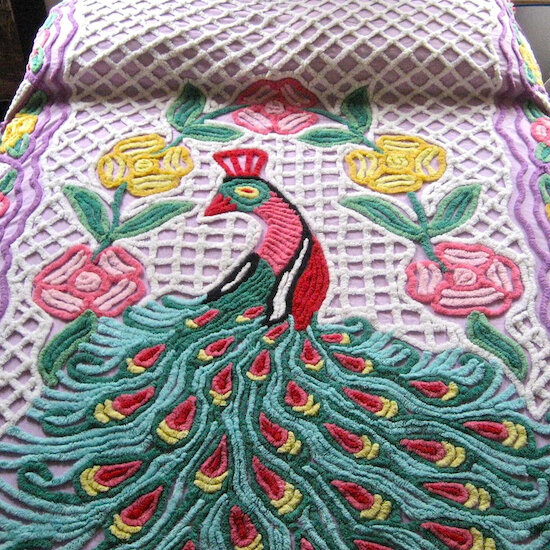Current obsession: Dansk. Specifically, early Dansk. Let’s just say
I’ve been buying a few pieces lately and leave it at that.
 |
| Dansk Købenstyle covered pot |
 |
| The lid serves as a trivet |
I’ve been trying to do some research on the early days of Dansk (yes, those are my geeky, academic roots showing) and let me tell you, it’s not easy out here in the sticks. I never thought I’d say this, but New York Public Library, I miss you. Bad. All of your lost books, crazy homeless people and general annoyances aside, you are one heck of a research library. I could really use you right now. I just hate not being able to date objects more precisely and give them their real names--this stuff is not that old, it shouldn’t be this hard!
 |
| Dansk ad for Købenstyle, 1960 |
The sources out there on early Dansk are slim, so if you have access to early (pre-1965) Dansk materials, let me know! Eventually, I’ll get to a big library and search periodicals from the time--I know the info is out there, I just have to go dig.
 |
| Early 4-duck mark, made in Denmark |
I did watch the interesting short documentary on Quistgaard by Stig Guldberg, made shortly before Q’s death in 2008. It showed a titillating stash of drawings and other archival material--I wonder where this went?
 |
| The handle to this pan is wrapped is a heat-resistant material--it cleverly has more length on the top, where your thumb will be placed to balance the pan when being carried |
These images show a few examples of Dansk Købenstyle cookware, which Dansk began producing in 1955. Quistgaard started his career designing pots and pans--pretty humble stuff, but he made these simple objects beautiful. Every line is considered and function is paramount. Pinpoint welding allowed for small connections at the join of the handle to the pot, resulting in a delicate look that still provided the necessary strength. Early production was in Denmark, before moving to France in the mid 1960s.
 |
| Original paper label with care instruction on the interior of the pot |
 |
| Later mark, minus the ducks, made in France |
About the name Købenstyle--in Guldberg’s documetary, Quistgaard explained that this term combined ‘København’ (that’s the Danish name for Copenhagen) and ‘style’ to make ‘Købenstyle’.
More to come on Dansk, the obsession grows stronger…teak, teak, teak...
You can read my posts about Dansk teak
here and Fjord flatware
here.
You can find some Dansk items for sale in my
shop.
© All text and images are copyright of Jeni Sandberg






































